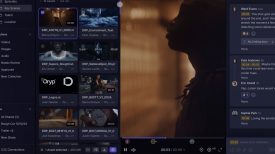
Lectrosonics has just released the PDR (Personal Digital Recorder). A small belt-worn pack designed to record audio with time code sync from an external source in circumstances where a traditional full sized recorder or wireless system is impractical. Think extreme sports, public events, or complicated documentary or reality shows. The recorder is lightweight, unobtrusive, and can be easily hidden in clothes or as a plant mic.
Having a small portable audio recorder that can be placed on your subject or hidden near the audio source you want to capture can be extremely handy in certain situations. I have often used similar recorders to capture audio on documentary shoots where I was experiencing radio mic interference, and also where I needed to record more than 2-3 tracks of audio.
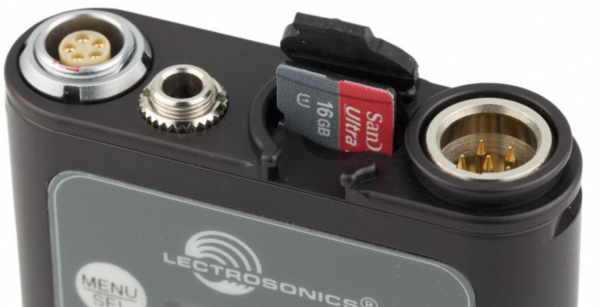
With a time code sync at the start of the production, the audio track can be placed accurately in the timeline of a video clip without the need for any waveform matching software. The industry standard .wav (BWF) file format is compatible with any professional audio or video editing software. Usefully, the recorder can also be tethered to a camera to capture a higher quality or backup audio recording. The headphone output can also double as a line output to feed the AV input on a camera.
There are two recording modes: HD Mono records the audio in a single file; Split Gain records the same audio to two different channels in the file, one at the normal level and another at -18 dB as a safety track. This is a really important feature as you are not going to be monitoring the audio as it is recording. The ability to record a second track at -18db gives you a back up in case sudden increases in level make the main audio track clip.
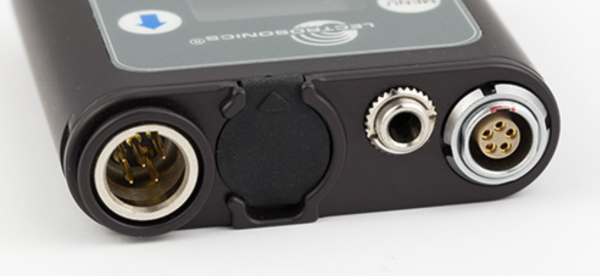
The input connector is the industry standard TA5M jack that accepts any mic or line level signal, and provides bias voltage to power a wide variety of electret lavalier microphones. The input connection and wiring is compatible with microphones pre-wired for “compatible” and “servo bias” configurations to feed 5-pin inputs on Lectrosonics wireless microphone transmitters.
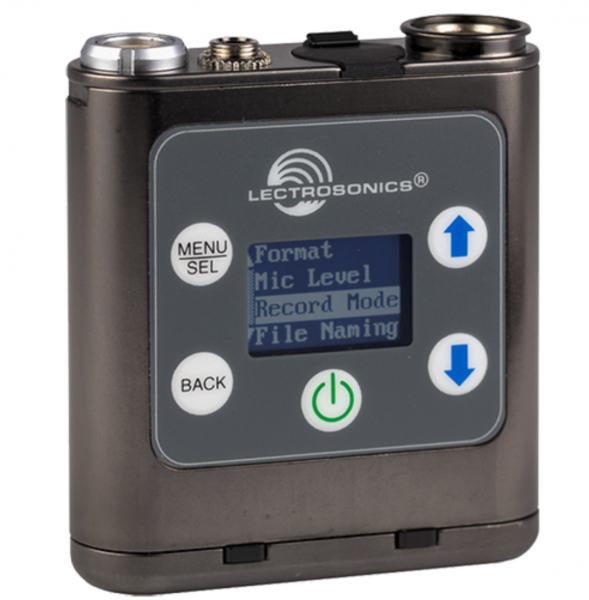
Setup and adjustment is made through a simple keypad and LCD interface. In keeping with typical Lectrosonics mechanical designs, the housing is machined from a solid aluminum billet for the ruggedness needed in field production. The PDR can be powered for over six hours on a single AAA lithium battery.
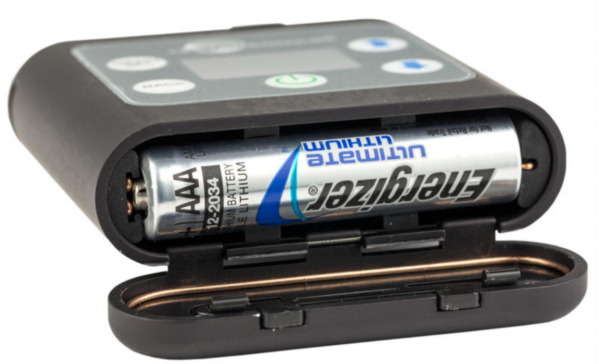
At $749US the Lectrosonics PDR is certainly on the expensive side, but its ability to record time code makes it a very useful tool on professional productions. If you don’t have a need to record time code, then you could use something like the Rode i-XLR or Tascam DR-10X to achieve a similar result. If you wanted to go even cheaper, a Rode smartLav and the Rode Rec iOS app also has worked well for me on occasion.
For more information on the Lectronsonics PDR head over to their website.
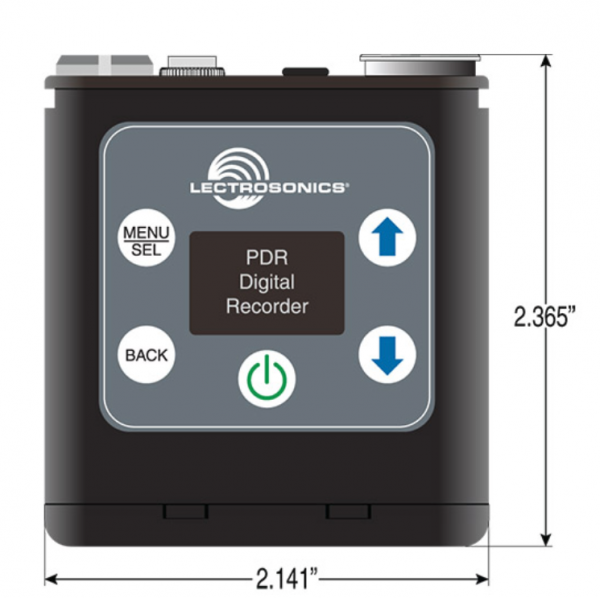
Audio specifications:
20 – 20 kHz frequency response.
105 dB(A) signal to noise (in HD mono mode), <0.035% distortion.
Time code is SMPTE 12M – 1999 compliant.
The PDR is 2.3×2.1x.7 inches (60x54x17 mm), and weighs 2.5 oz (71 grams) with battery.




